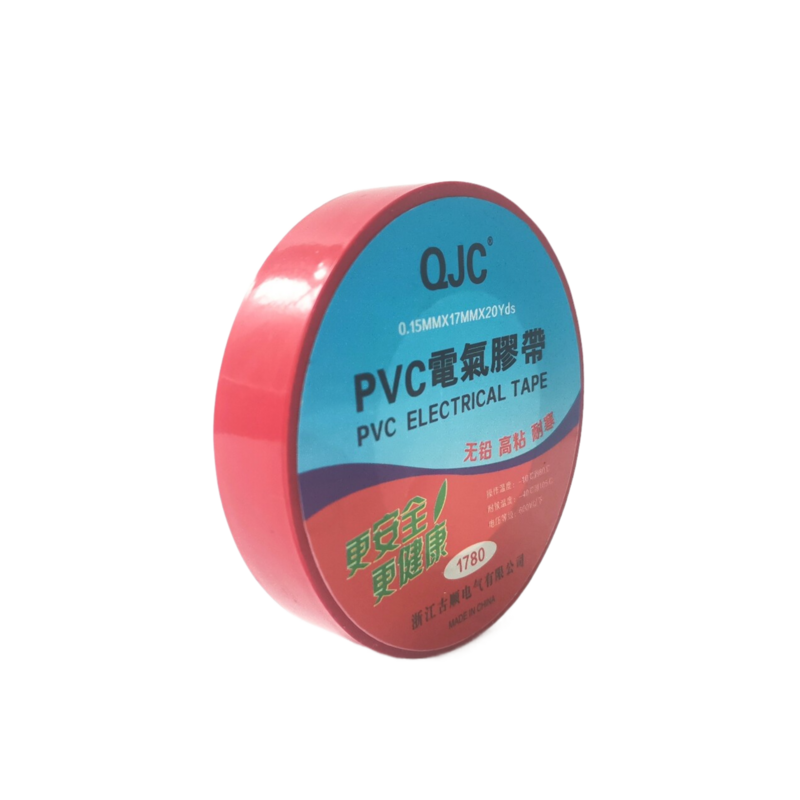What is Rubber Splicing Tape Used For?
Rubber splicing tape, often referred to as rubber electrical tape or self-fusing tape, is a versatile product used in a variety of applications, primarily for insulation, protection, and repair purposes. Its unique properties make it an essential tool for electricians, technicians, and DIY enthusiasts alike. In this article, we will explore the characteristics of rubber splicing tape, its uses, and why it is favored in several industries.
Characteristics of Rubber Splicing Tape
Rubber splicing tape is made from a blend of rubber compounds, which gives it excellent elasticity, durability, and moisture resistance. One of the defining features of this tape is its self-fusing capability; when wrapped tightly around a surface, the tape bonds to itself to form a solid, waterproof barrier. This property makes it particularly effective for insulation and sealing applications. The tape is typically black but can be found in various colors for specific applications or identification purposes.
Electrical Insulation
One of the primary uses of rubber splicing tape is for electrical insulation. It is commonly employed to protect electrical connections and components from moisture, corrosion, and mechanical strain. The tape can effectively insulate wires and cables in both permanent and temporary installations. It is especially useful in situations where heat resistance is necessary, such as in automotive and industrial applications.
Splicing and Repairing Wires
Rubber splicing tape is widely used for splicing and repairing damaged wires. The self-fusing nature of the tape ensures that it creates a strong bond that effectively seals the repair, preventing moisture ingress and ensuring a stable electrical connection. Electricians frequently use it to restore continuity in broken wires without the need for extensive re-wiring or the use of connectors. It can also be an ideal choice for situations where traditional electrical tape may not provide sufficient insulation or protection.
what is rubber splicing tape used for

Sealing and Weatherproofing
In addition to electrical applications, rubber splicing tape is also used for sealing and weatherproofing components. When applied to joints, seams, or connections, the tape can enhance waterproofing, making it invaluable for outdoor electrical installations or in areas prone to moisture. It is often used in the automotive industry to protect wiring harnesses and connections from water damage.
High-Temperature Applications
Another significant advantage of rubber splicing tape is its ability to withstand high temperatures. This quality allows it to be effectively used in engines, electrical components in vehicles, and industrial machinery. The tape can typically withstand temperatures ranging from -40°F to 266°F (-40°C to 130°C), depending on the specific formulation. This makes it a popular choice in applications where thermal resistance is critical.
DIY and Home Repair
Beyond professional applications, rubber splicing tape is also valuable for homeowners and DIY projects. It can be used in a variety of home repair tasks, such as fixing frayed cords, insulating exposed wires, or even securing loose items. Its ease of use and reliable performance make it a go-to solution for quick repairs around the house.
Conclusion
Rubber splicing tape is a highly functional and reliable product that serves myriad purposes. Its ability to insulate, splice, seal, and weatherproof makes it indispensable in both professional and home settings. The combination of flexibility, durability, and self-fusing properties ensures that it can handle a variety of challenges, making it a must-have for anyone working with electrical components or seeking durable repairs. Whether you are an electrician, a technician, or simply a homeowner looking for effective solutions to everyday problems, rubber splicing tape is an essential tool that can help you achieve reliable results.
-
XIANGFAN Rubber Tape-Ultimate Solutions for All Your Insulation NeedsNewsJun.24,2025
-
XIANGFAN Rubber Tape-Protection for Industrial and Residential ApplicationsNewsJun.24,2025
-
XIANGFAN Rubber Tape: Superior Safety and Sealing for Demanding EnvironmentsNewsJun.24,2025
-
XIANGFAN Rubber Tape: Reliable Solutions for Every Electrical ChallengeNewsJun.24,2025
-
XIANGFAN Electrical & Industrial Tape: Powering Reliability Across IndustriesNewsJun.24,2025
-
XIANGFAN Electrical & Industrial Tape: Excellence in Every ApplicationNewsJun.24,2025
